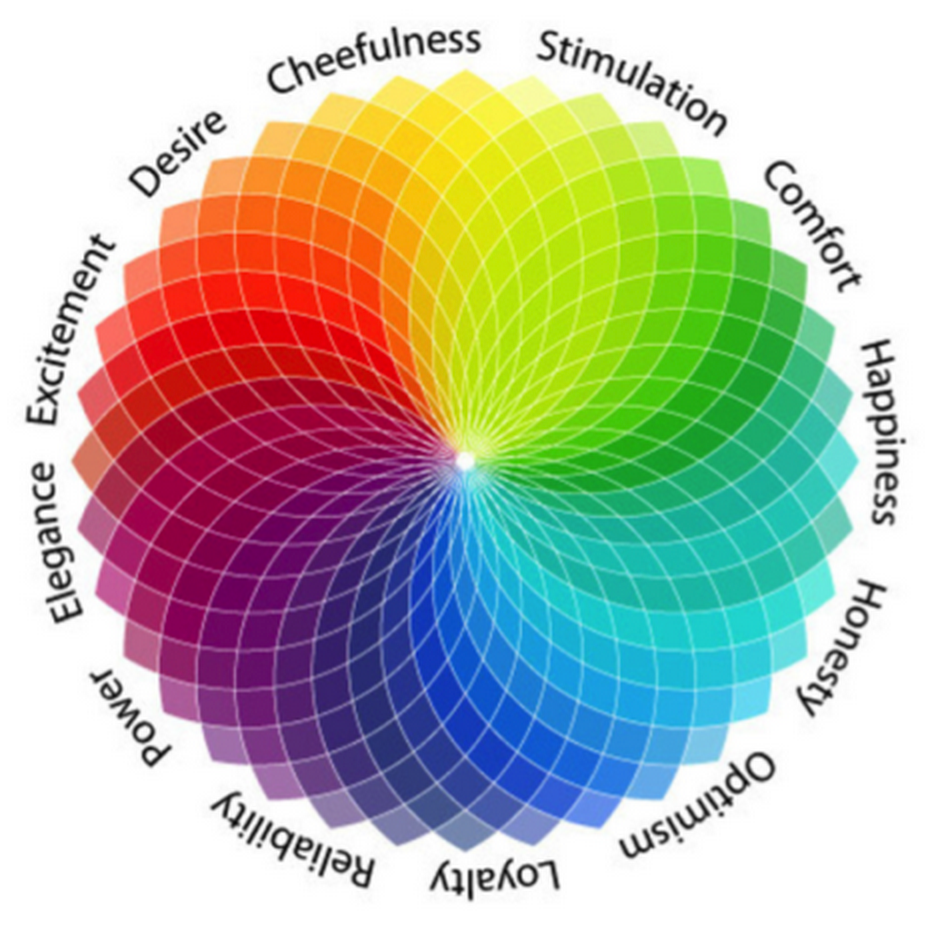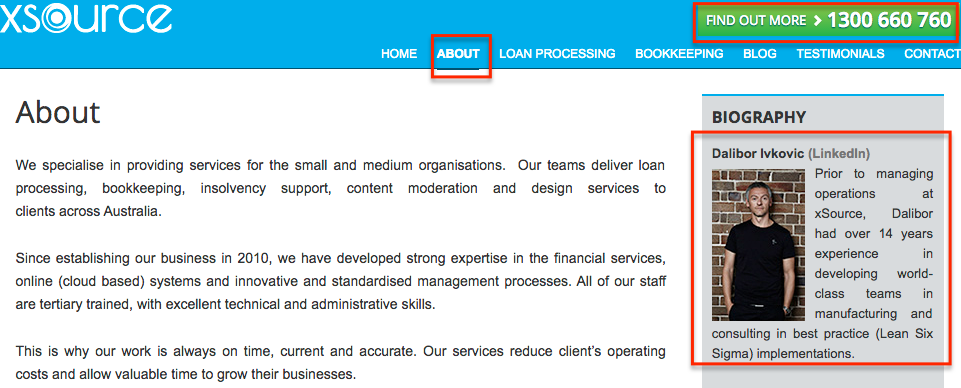Summary
- What is the site purpose
- How to build trust
- Using media to deliver your message
- Importance of ongoing content creation
- Psychology of colours
- Different landing pages
1. Decide on Site Purpose
Key to any website design is in what purpose it serves: lead generation, acting as a brochure, means to ongoing communication with the existing client base or a combination of these. Before starting to design your website, check few sites in each of these categories and see what works for you and for the clients. Look at the main financial brands, large and small banks, leading brokers and your colleagues. It is likely that they already spent a lot of money in website design and research, so you don’t really have to start from the scratch.
2. Build Trust
It is likely that your site will be visited by your potential client just to check who you are and in the process of building their trust in you. We often see sites with a lot of irrelevant ‘blob’ but nothing about the broker and why would they be trusted. Start with your and your team photos, qualifications, accreditations, privacy policy, details of your physical location (not a PO Box) and social media links. Add some testimonials and explain how you do business and why would they chose your business.
If you are specialising in delivering services to certain professions or industries – convince them that you know enough about their industry. You might want to show your mobile number somewhere on your site, however a 1300 number should be clearly visible on your front page and elsewhere. 1300 number will cost you $5-$10 per month (check out telecube.com.au) and will make your business look a bit more respectful.
3. Use Media
Most people will spend very short time on your site – so you will need to get their attention quickly or convey your message in the simplest possible way. For example, use of infographic is one visual way to tell your story in three seconds. You can add a short video (1-2 minutes) explaining your model and benefits of using your business. If you don’t use a graphic designer, canva.com is a good site to help you design your infographic.
If you need to use images, go to one of stock photo sites and purchase what only you need. However, adding too many stock photos will make your site look generic and unoriginal. Important information needs to be at the top of your page – most users will rarely scroll down the page. Make sure you have a call to action handy, as your potential client might leave before they can shoot you a quick query or call your 1300 number.
4. Build Quality Content
The days of ‘cheap’ SEO are long gone. These days website owners are probably better off paying for the front-page placement on Google or advertising through other key websites. Simply speaking, Google frequently adjusts its algorithms to prevent any non-organic (ie fake) appearance on their search engine. They however still rank good content and naturally attractive sites. While that doesn’t mean you will appear higher in common search terms than the ‘specialist’ traffic generation sites, it still makes sense to keep your site relevant in time, inform your clients and assure your potential clients that you ‘know your stuff’. And you might get Google ranking for a certain long string search term anyway. Rate updates, regular and original blog posts, short videos or podcasts are just some ways to increase your content. Check out Tim Reid’s Small Business Big Marketing podcasts (smallbusinessbigmarketing.com) – there are a lot handy podcasts featuring small business owners sharing their experiences. To easily post content and site updates choose a website platform that is easy to manage. Most businesses will be best suited with a custom or ‘off the shelf’ WordPress template. Most of these are now fully responsive, which makes it easy to read content on any device including a smart phone.
5. Understand Impact of Colours
Colours used in a website (and your branding) will play a crucial role in aligning your customers with your business. Colours play a big role in persuasion and significantly improve site conversion. Check out www.vandelaydesign.com/psychology-of-color article – it is excellent and it goes into a bit more science of the psychology of colours in website design.

6. Develop Landing Pages
If you are advertising, you will need dedicated landing pages, often designed for different groups of adwords or websites you are advertising on. Using your main age can work as well, however conversion rates might be lower. You can also purchase dedicated URLs for the keywords you are targeting in your advertising and use these only for the design of your adverts – where that address will divert to your main URL landing page. This will make your add more relevant and as a result you will reduce your advertising cost to some extent. For example, if you would like to advertise for term “Sydney Construction Finance” or similar, you could purchase sydneyconstruction.finance and divert that add to your landing page for the construction finance. Design of your landing pages depends on what you are trying to achieve, and typically the best thing you can get is potential client’s name, phone and email address.
Website design isn’t our core business – we are loan processors. However if you wish to find out more or chat this – feel free to contact us on 1300 660 760.

